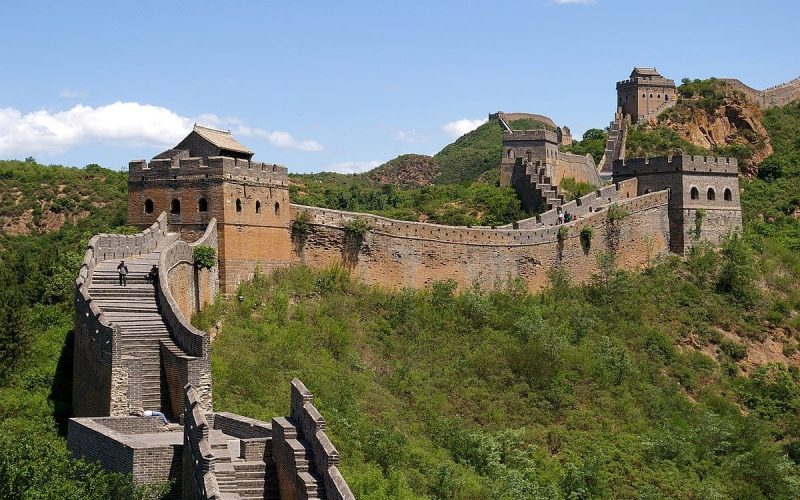From one place to another various walls are built all over the world to serve different purposes. Walls in ancient times were created for protection, cross trading, and to stop invasion and robberies. Numerous walls are still standing erect while some have been damaged with time. Some of these ancient walls have also become tourist spots and each wall has its own history and importance. Here is everything you need to know about the most famous walls in the world.
Famous Walls In The World
1. Great Wall of China, Beijing, China
Built around 2300 years ago, the Great Wall of China is 21196.18 Km long with a height of 5-8 meters. In Qin Dynasty this wall was built by various soldiers, peasants, criminals, and prisoners as a penalty and till now thousands of miles of the wall have vanished. Made up of earth, wood, lime, and stones, the Great Wall of China was constructed for security at the border and took more than 1800 years it’s complete. Having various sidewalls, and parallel walls with enclosing walls, this wall also helped in better communication and transportation.
Also Read: 10 Highest Waterfalls in the World By Hieght

Image Source: Wikimedia
2. Berlin Wall, Germany
Like other famous walls, Berlin Wall was not constructed to stop invaders but was constructed to stop the Germans from escaping and living in the west. After the war, thousands of people from Berlin started crossing the border and moving from the East to the West which included engineers, teachers, doctors, philosophers, and the young generation too. So, on 13th August 1961, the border between the two sites was closed by Nikita Khrushchev. Overnight construction of the wall was started with help of more than 3000 troops and the guards were planted to shoot any Eastern German who tried to escape the city.
Also Read: Top 15 Highest Currencies in the World 2022
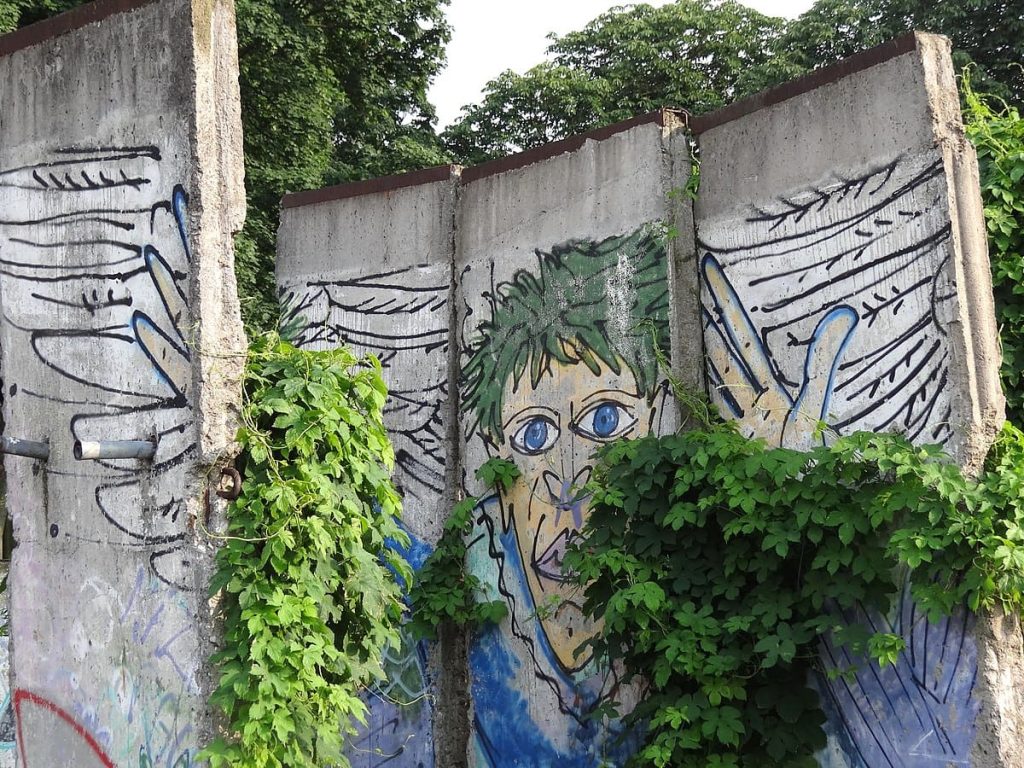
Image Source: Wikimedia
3. Western Wall, Shrine in Jerusalem
Also renowned as Wailing Wall, Western Wall is sited in Jerusalem city. Jerusalem is one of the most religious sites in the world. The western wall was also related to one of the traditions that Muslim monks used to follow and this wall was created as a part of the second Jewish temple. In 70 CE the temple was devastated by Romans and this wall was declared to be the possession of Muslims. Western Wall stands 105 feet tall, out of which 62 feet are above the ground level and the rest is present underground. This wall has a great religious belief for both Jews and Muslims.
Also Read: Top 10 Largest Churches In The World
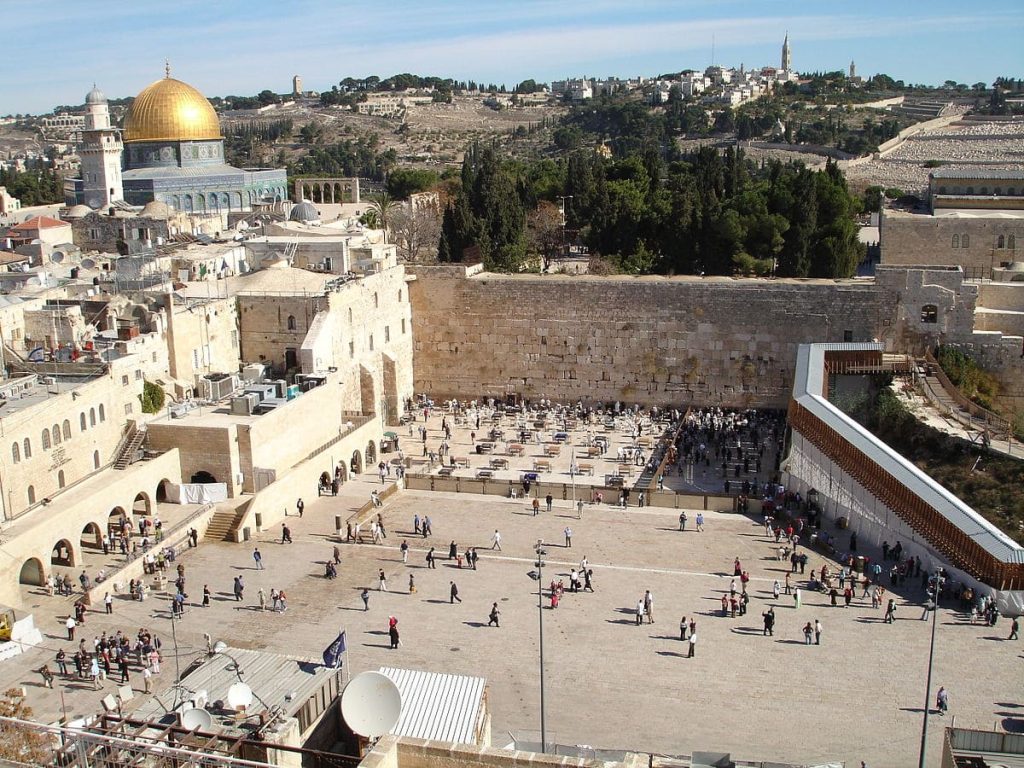
Image Source: Wikipedia
4. Hadrian’s Wall, Historical landmark in England
Located in England, Hadrian’s Wall is included in the world’s heritage sites by UNESCO. Built by around 15000 men, this stunning wall was built in around 6 years. This wall is actually not a border between England and Scotland and currently, only 10% of the wall is evident now and the rest has been suppressed. This wall is entitled after the emperor Hadrian who was the Roman emperor at that time. Development of this wall was done at his request so that the Roman Empire and the cross-exchange can be limited.
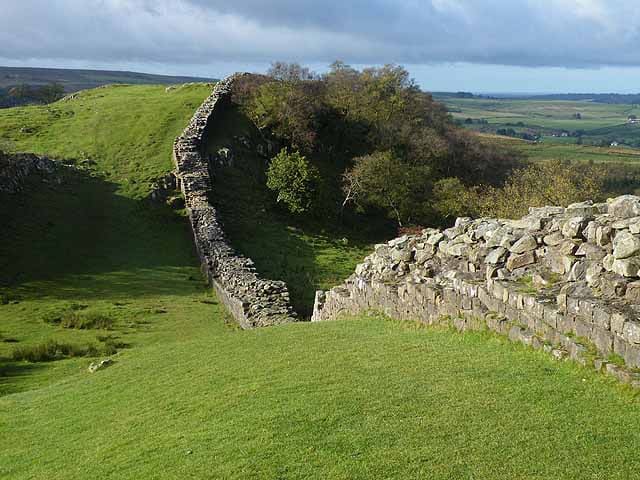
Image Source: Wikimedia
5. Walls of Ston, Ston, Croatia
The Walls of Ston were created in 1333 to shield the Republic and the Peninsula. About 7000 meters long, the famous Walls of Ston were used till the 19th century for defense. Today this wall has great cultural and architectural significance and is the longest preserved fortification system in the world. Also acknowledged as the European Wall of China over 50000 sightseers visit here annually. It is one of the most famous walls in the world.

Image Source: Miroslav Vajdic
6. Great Wall of Gorgan, Golestan Province of northeastern Iran
Alexander’s Barrier and the Red Snake are renowned names of the Great Wall of Gorgan. Sited near Gorgan in North Eastern Iran, the Great Wall of Gorgan was constructed during the 5th and 6th centuries and was a great protective wall. Constructed using mud, bricks, and this wall is known to be the second-longest defensive structure ever built. According to reports, this wall is even older than the Great Wall of China and safeguards kingdoms from robberies and theft.
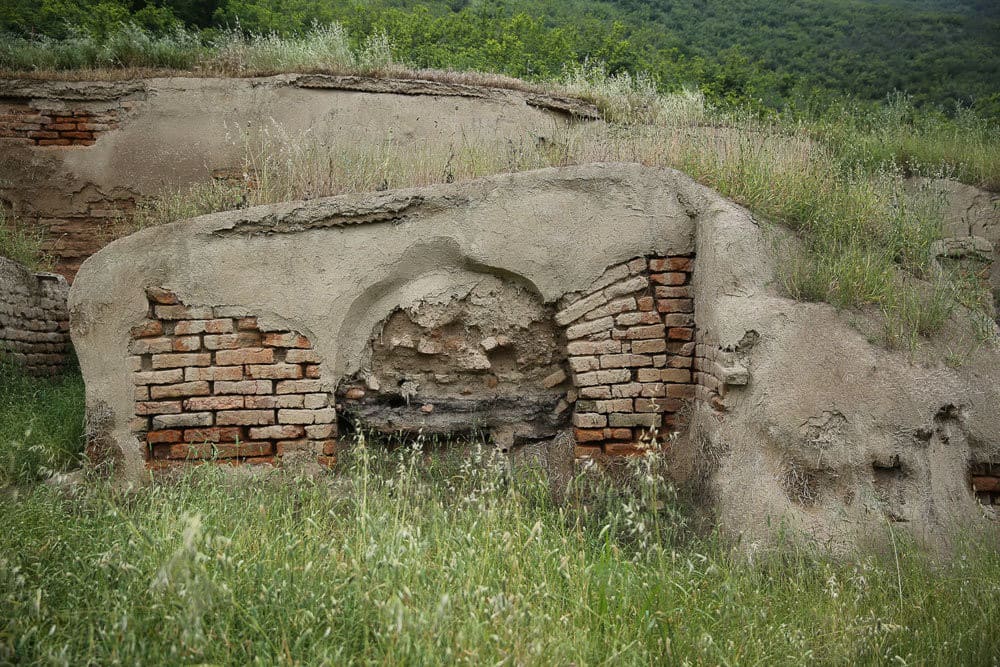
Image Source: Wikimedia
7. The walls of Constantinople, Historical landmark in Istanbul, Turkey
About 12 meters long, the wall of Constantinople was constructed in the 4th-5th century using limestone and bricks. Great Constantinople built this great wall to protect his region, Constantinople from attacks on land and sea. Today Constantinople city is universally known as Istanbul and some parts of this great wall are still well-looked-after present. This wall was designed in such a way that it encircled and sheltered the intact city from any sort of attack.

Image Source: Pi István Tóth
8. Great Zimbabwe, Historical place in Zimbabwe
Great Zimbabwe was included under the world’s heritage site by UNESCO in 1986 and is spread over an area of 1780 acres. It is one of the most beautiful architectural landscapes in sub-Saharan Africa and was constructed between the 11th and 15th centuries. The Shona people used to reside here and were circular.
The wall of Zimbabwe was about 36-820 feet high and granite from the nearby hills was used for the construction of the wall. The Great Zimbabwe Wall was constructed to portray the authority and sustain the privacy of noble families from the common people.
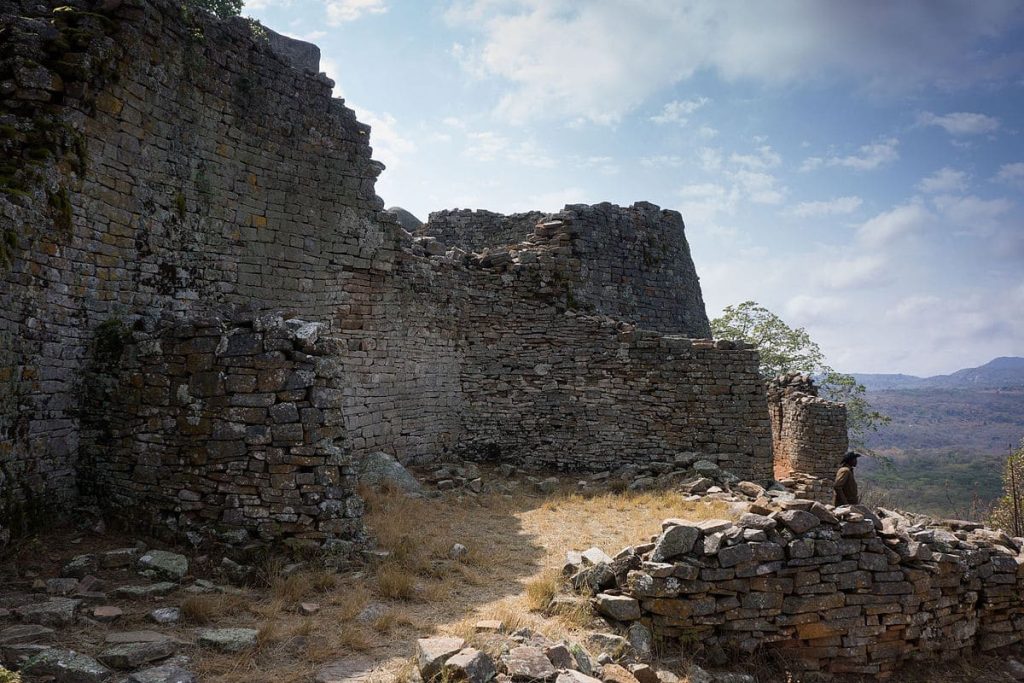
Image Source: Wikimedia
9. Vietnam Veterans Memorial, Memorial Park in Washington, D.C., United States
Also acknowledged as The Wall of Vietnam, the Vietnam Veterans Memorial is honored as the national monument in Washington, D.C. This wall memorializes the people who lost their lives for the nation and died in the Vietnam War. On this great wall, names of around 58000 men and women who gave their lives are engraved and people visiting here get a chance to memorize and honor those great people.
Over 5 million people visit here annually and the theme of this wall was designed by a 21-year-old college girl named Maya Lin. The construction of the wall started on 26th March 1982 and the black granite stones from Bangalore, India were employed in the creation of the Vietnam Veterans Memorial. Names of soldiers who meet the selection criteria are constantly added to the wall.

Image Source: Wikimedia
10. Saqsaywaman, Historical place in Peru
Located in the Cusco region in Peru, Saqsaywaman was built under the Inca Empire in the 15th century. The famous walls of Saqsaywaman had a height of 18 meters and were 540 meters long. This place was made the military base for the Inca Empire and is still in use. This place has always been in the limelight because of its outstanding structure and beauty.
Also Read: 12 Highest Mountains In The World
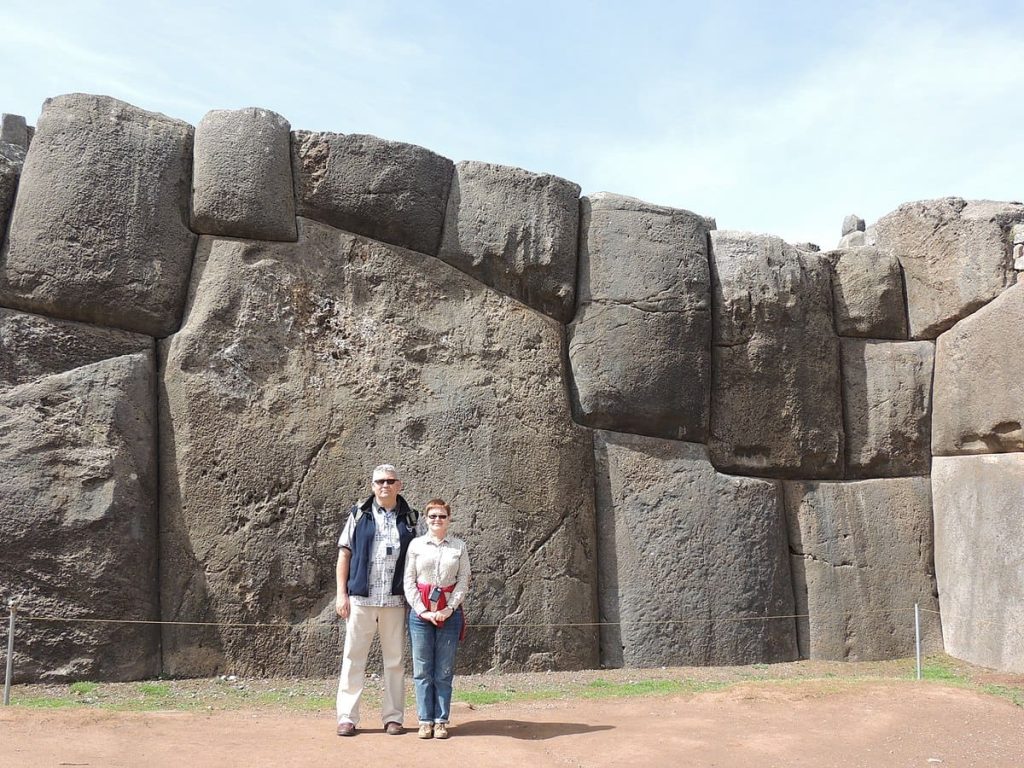
Image Source: Wikimedia
11. Aurelian Walls, Rome, Italy
It was constructed in the third century A.D. by Emperor Aurelian during a period of unrest in Italy and the Roman Empire, the Aurelian Walls in Rome stretch approximately 19 kilometres. Although restoration efforts occurred in antiquity, these fortifications remain remarkably preserved. Featuring 17 significant gates and numerous smaller openings, the famous walls were a response to the need for defense against invaders from the northern borders of the Roman Empire. Emperor Aurelian’s initiative, prompted by growing insecurity, aimed to safeguard the city from barbarian tribes. Despite a modest number of soldiers patrolling, the Aurelian Walls served their protective role for centuries, enduring until the 19th century.
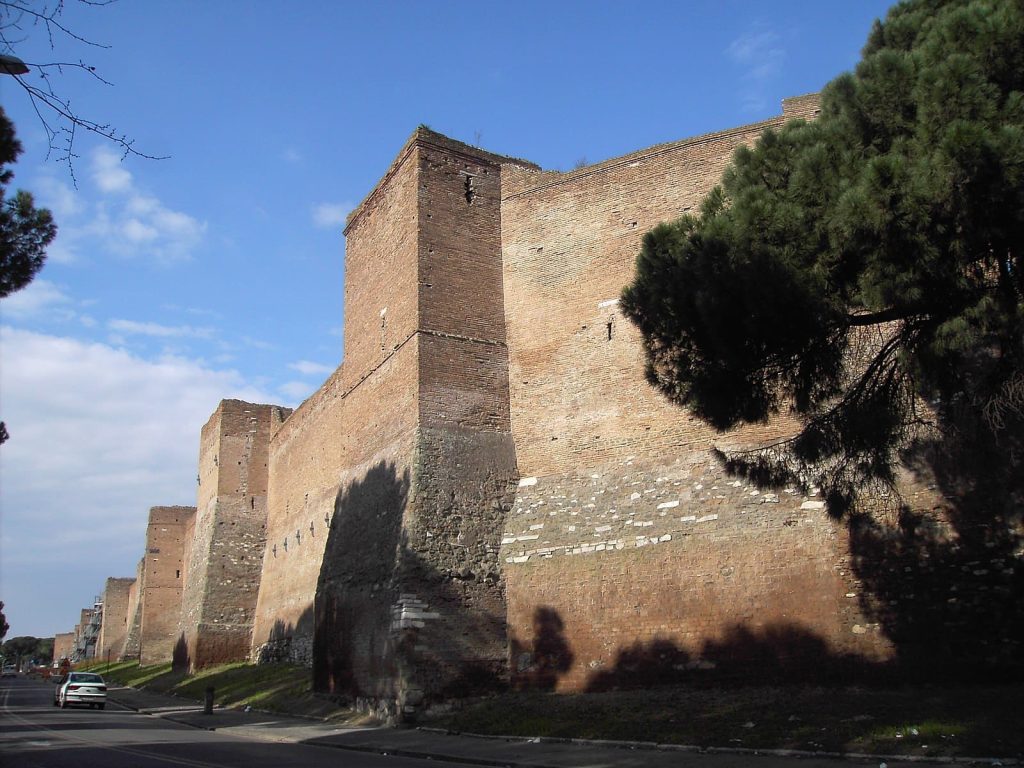
Image Source: Wikimedia
12. The Gum Wall, Seattle, Washington
The wall is situated within Pike Place Market, a quiet alley that unveils a hidden gem known as The Gum Wall. It is a surprising testament to Seattle’s distinctive allure. Originating in the 1990s, this vibrant display of color and character began when locals, including performers from unexpected productions, started sticking their chewed gum to the wall. Over the years, the seemingly innocuous practice transformed the wall into a sprawling mosaic, expanding along Post Alley. Its colorful display of chewing gum and its captivating images make it a must-see attraction. To find it, venture down a ramp to the left of Pike Place Market’s iconic “Public Market Center” clock sign, revealing a quirky side of Seattle.

Image Source: Wikimedia
13. Servian Wall, Rome, Italy
Servian Wall is an ancient record credits King Servius Tullius with building this wall in the sixth century B.C., a more credible timeline suggests it likely arose post-375 BC… The tufa stones, sourced from Veii, indicate a construction date post its capture in 396 B.C. This colossal and costly endeavor plunged many into debt, intensifying class conflicts. The strained socio-economic landscape triggered political shifts, compelling the aristocratic elite people to open consulship to plebeians. The wall’s construction, originally attributed to ancient times, aligns more convincingly with a post-Veii capture era. The construction of this wall resulted in political changes as a response to economic tensions.
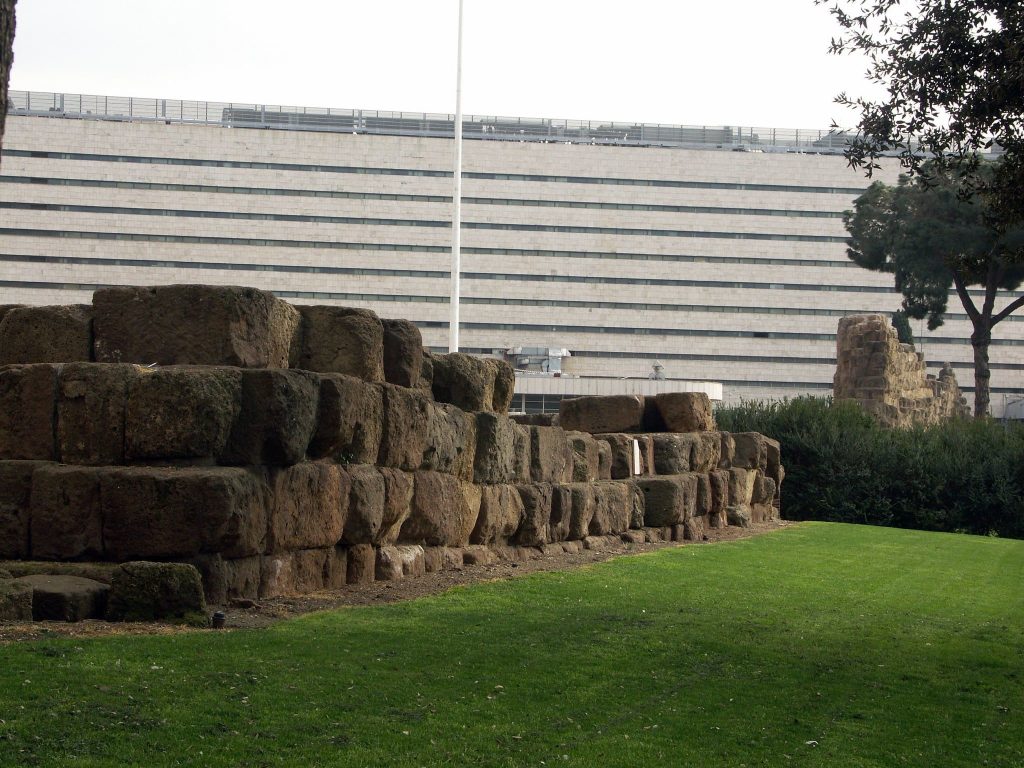
Image Source: John
14. Walls Of Troy, Turkey
Troy, located in modern-day Turkey, serves as both an ancient city and an archaeological site. Renowned for its portrayal in Homer’s epic poems, the “Iliad” and the “Odyssey,” Troy gained prominence after 2550 B.C. During this period, the city underwent substantial expansion, boasting a formidable defensive wall crafted from cut stone blocks and rectangular clay bricks. The citadel within featured residences of the “megaron” style, characterized by elongated rooms with hearths and open forecourts. This historical site not only bears witness to ancient civilizations but also captures the legendary narratives of the Trojan War in classical literature.
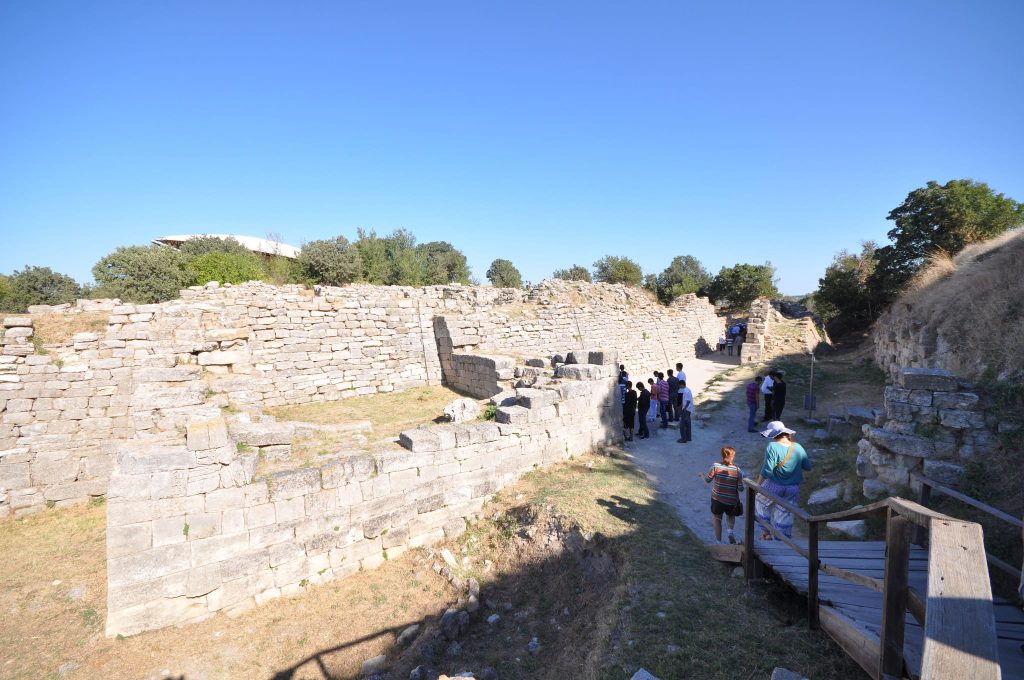
Image Source: Jorge
15. Wall Of Babylon, Iraq
Art and architecture thrived in the Babylonian Empire, particularly in its capital, Babylon. It is renowned for its formidable walls. Initially enclosed by Hammurabi, Nebuchadnezzar II later enhanced the city’s defenses with three rings of 40-foot-tall walls. According to the Greek historian Herodotus, these famous walls were so substantial that chariot races occurred on their tops. Interesting, isn’t it? The city within these walls spanned an expansive 200 square miles, akin to the present size of Chicago. Babylon’s grandeur, marked by its monumental walls and vast cityscape, stands as a testament to the flourishing cultural and architectural achievements during the height of the Babylonian Empire.

Image Source: Wikipedia
16. Lennon Wall, Prague, Czechia
Prague is a beautiful place which attracts visitors with its charm, featuring red-roofed buildings, churches, cobbled streets, fairytale castles, and the iconic Charles Bridge. A noteworthy symbol of peace, love, and freedom is the John Lennon Wall. It is renowned among Prague’s attractions. Steeped in history, this vibrant wall, adorned with street art, has been a canvas for countless messages and graffiti since the passing of Beatles musician John Lennon in 1980. Initially expressing dissent against the government and advocating freedom, the wall’s current focus is on themes of peace and love. It stands as a dynamic testament to the evolving sentiments and spirit of the city.

Image Source: Wikimedia
17. Wall of Jericho, Jericho, West Bank
The Walls of Jericho, a biblical landmark, hold a prominent place in history. Although the Bible’s account of the associated war lacks verification, archaeologists have uncovered the massive stone walls of this Neolithic settlement. Many experts consider Jericho among the world’s oldest towns. The renowned famous walls, approximately 4 meters high, were repeatedly struck down and rebuilt over the centuries, with their initial construction estimated around 8,000 BCE. Recognized by UNESCO, ancient Jericho stands as one of the earliest monumental building and fortification systems globally, playing a pivotal role as a Neolithic hub for agriculture in human history.

Image Source: Wikimedia
18. West Bank Barrier
Since 2002, Israel has erected a 700-kilometer wall in the occupied West Bank, asserting it as a security measure. However, this separation barrier, drawing global criticism, extends deep into Palestinian territory. It has led to the annexation of significant Palestinian land, the isolation of towns and villages, and the confiscation of fertile areas. The wall also disconnects thousands of Palestinians from vital services, schools, and farmland. While it occasionally aligns with the Green Line, the majority of its path intrudes into the West Bank. This construction has sparked controversy due to its impact on Palestinian communities and the appropriation of their lands.

Image Source: Tristam
19. Stonske Zidine,Ston, Croatia
The Walls of Ston, also called Stonske zidine in Croatian, form a defensive stone structure, spanning over 7 kilometers, encircling and safeguarding the city of Ston in Dalmatia. It is part of the Republic of Ragusa, now in southern Croatia. Commencing in 1358, the wall’s construction is evidenced by a 1506 Latin inscription on the Field Gate. Presently, these walls stand as one of the world’s longest-preserved fortification systems. Often referred to as the “European Great Wall of China,” the Walls of Ston bear historical significance and serve as a testament to the city’s strategic defensive measures dating back to the medieval period.
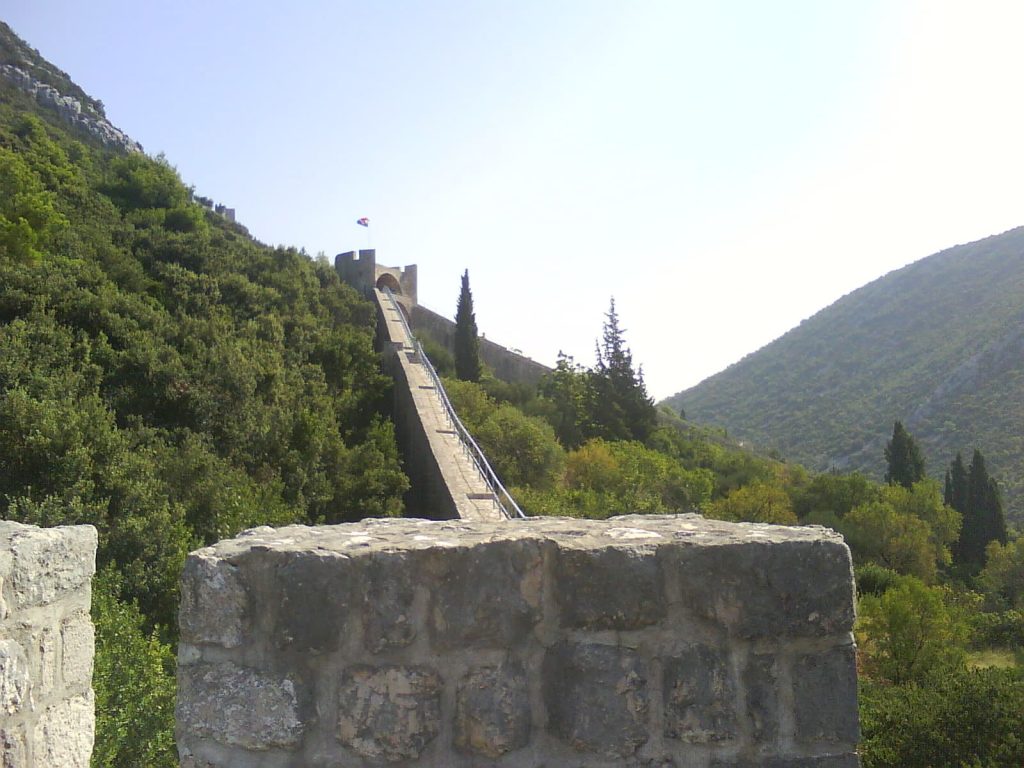
Image Source: Wikimedia
20. Belfast Peace Lines
In 1969, amid the onset of ‘The Troubles,’ the first peace walls emerged in Belfast, marking a response to escalating civil unrest. The British Army, summoned after street riots erupted, initially erected these barriers using corrugated iron and topped with barbed wire. Originally intended as temporary measures, their efficacy led to a lasting presence. Over time, these structures evolved, growing longer, wider, and taller, shaping the contemporary peace walls in Belfast. Though the initial intent was not to have a permanent structure, the enduring impact of these barriers altered their status, underscoring the complex history and transformation of Belfast’s urban landscape during a tumultuous period.

Image Source: Jenifer
These are the most famous walls in the world. Kindly share and post your comments.
